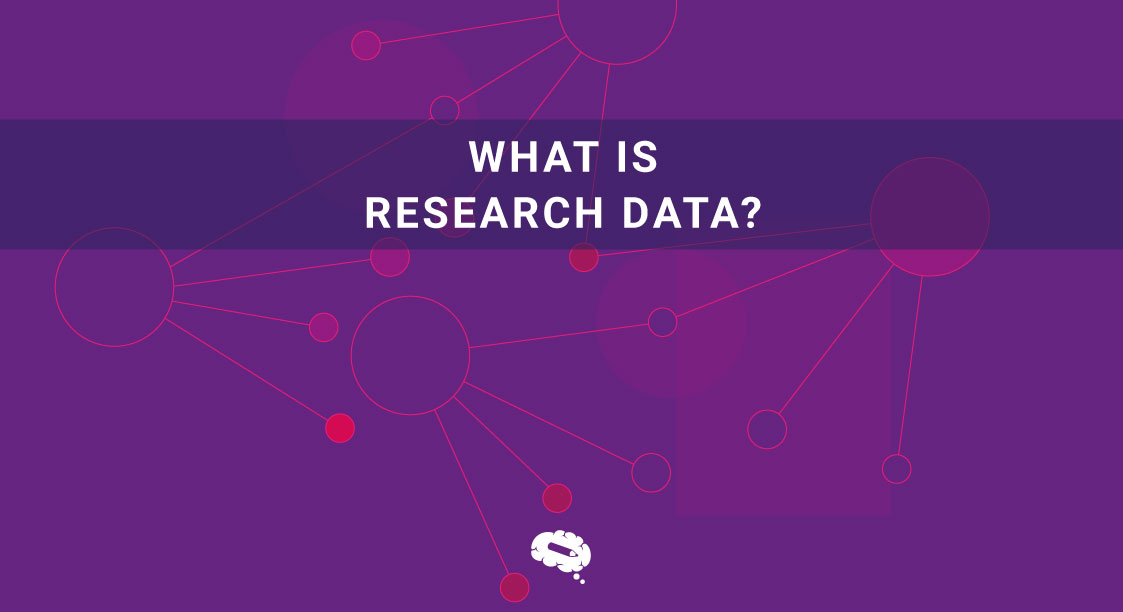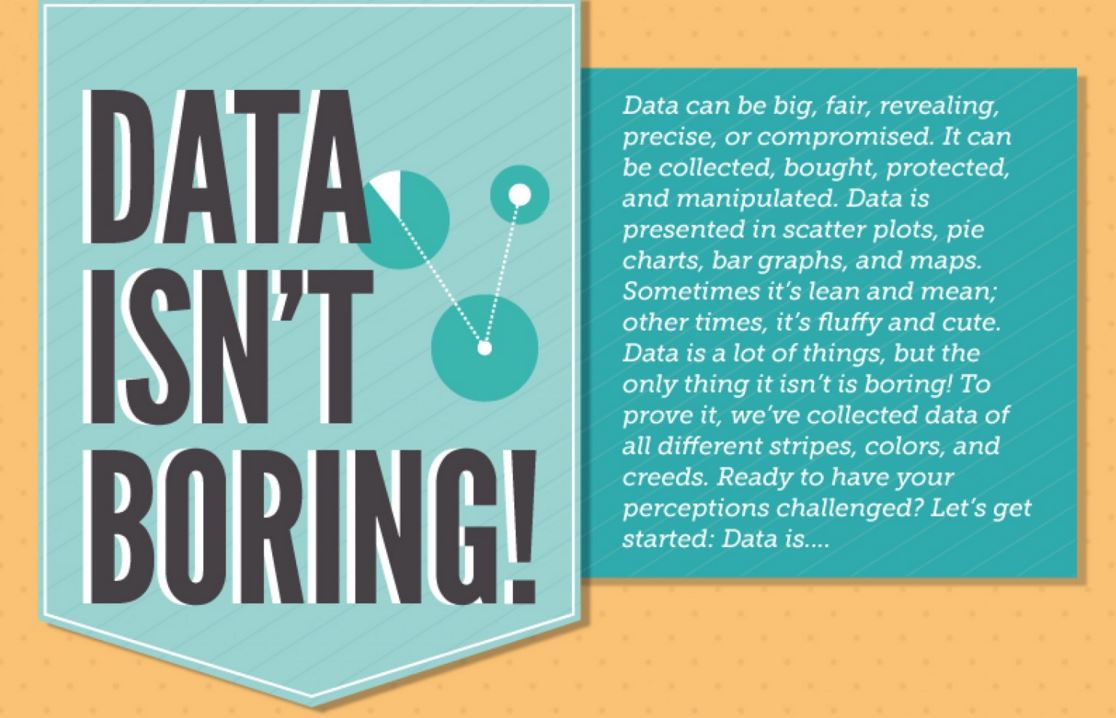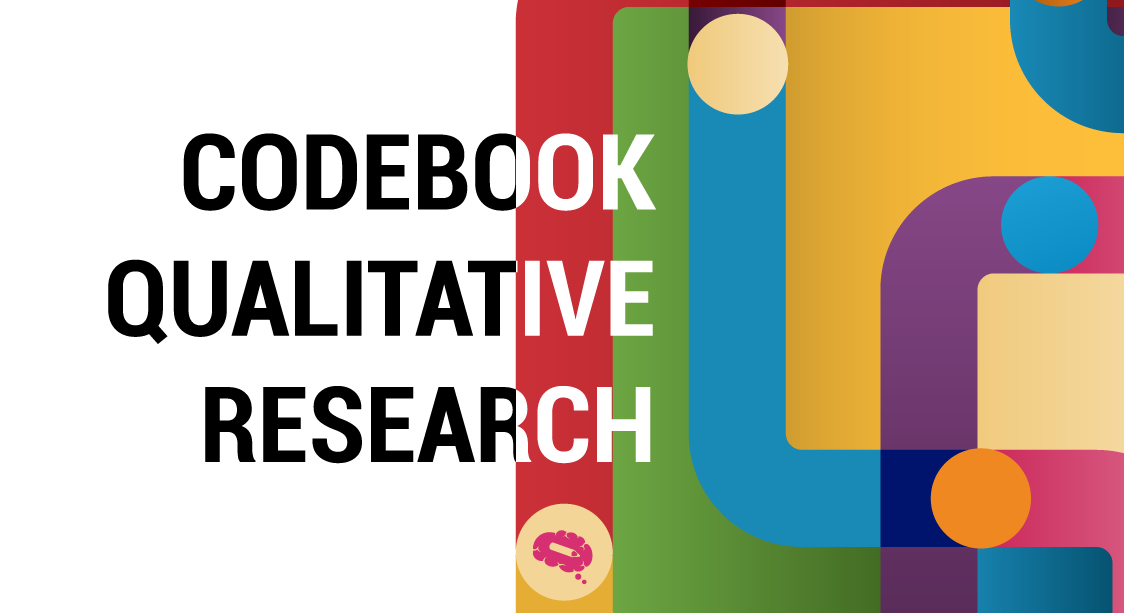In the midst of a research project, you’re probably in need of a well-crafted codebook to guide you. Then, you have come to the right place! Codebooks play a very important role in qualitative research because they serve as a framework for analyzing data that is structured and systematic. The tips and strategies presented in this article will allow you to create a comprehensive codebook regardless of whether you are conducting interviews, conducting content analysis, or exploring textual data. In order to uncover relevant insights and draw robust conclusions from your research findings, you will need to start by understanding the importance of a well-structured codebook and employing effective techniques aiming to do so. Now let’s get started!
What is a Codebook in Research?
A codebook serves as a comprehensive guide that outlines the structure, contents, and arrangement of a data file. In research, a codebook is indispensable because it facilitates the understanding and organization of data. Data analysis in qualitative research is heavily dependent on the codebook. In order to systematically analyze and interpret their data, researchers follow a roadmap outlining specific codes, categories, and themes. By providing a standardized framework for analysis, a codebook can ensure consistency and reliability.
Researchers can use it as an easy way to identify patterns, trends, and relationships between segments of data by assigning meaningful labels, or codes. Researchers can apply codes more accurately and consistently across datasets with a well-constructed codebook, which includes clear definitions and examples. A codebook facilitates the organization, analysis, and interpretation of qualitative data, helping researchers to ensure that their research findings are rigorous and valid.
Purpose of a Codebook
Research codebooks are used in qualitative data analysis to provide a framework for organizing and analyzing qualitative data. Assembling codes, categories, and themes from segments of data is guided by this key reference document. The analysis is made more reliable and consistent with the help of the codebook. As a result of standardized codes and their definitions, researchers are able to interpret and categorize data consistently across the dataset.
Researchers can make meaningful insights and draw valid conclusions from data by using a codebook to identify patterns, trends, and relationships. Further, a codebook can be used to facilitate collaboration and transparency among researchers, enabling them to maintain a shared understanding of the coding system. In general, a codebook provides a systematic and structured approach to data analysis, which enhances the validity, reliability, and reproducibility of qualitative research.
Components of a Codebook
An analysis of qualitative data typically involves several key components that are combined into a codebook. Using these components, researchers can organize, categorize, and interpret their data in a structured manner.
Firstly, there is an introduction, which provides an overview of the codebook’s purpose and scope, along with any specific guidelines for coding. A research question or objective may also be included.
In the second component, you will find a comprehensive list of codes, each accompanied by a clear definition and example. A code represents a key theme, concept, or pattern in the data. Furthermore, the codebook may give instructions on how to apply codes consistently and handle complex code situations.
Instructions for coding specific data types, such as interviews, focus groups, or observation notes, are another crucial component. Data management issues such as storage, confidentiality, and data cleaning may also be addressed in the codebook. As a result, a comprehensive codebook allows qualitative data to be analyzed systematically and rigorously.
Variable Information
An attribute or characteristic that can change or vary within a research study refers to variable information. An analysis of variables is used in quantitative research to determine relationships, patterns, or effects among variables. In addition to numerical variables like age, income, and test scores, categorical variables like gender and ethnicity can also be used. In order to conduct valid research, researchers must understand and define variables, which allow them to make comparisons, draw conclusions, and test hypotheses. In order to uncover insights and make meaningful conclusions about the subject under investigation, data collection, analysis, and interpretation rely on variable information.
Coding Scheme
The coding scheme is a structured framework for categorizing and analyzing data in research. The codes provide researchers with a standardized way to assign meaning to data elements. In order to ensure consistency and reliability across the analysis process, a coding scheme provides a common language and guidelines for coding. Depending on the research objectives and the character of the data being analyzed, researchers create a coding scheme. By organizing and analyzing the collected information, they can identify patterns and trends and derive meaningful insights. It serves as a guide for data interpretation and facilitates the identification of relationships and trends within the dataset by serving as a guide.
Types of Codebooks
According to the nature of the research and the analysis methods used, codebooks can take different forms. Inductive and deductive codebooks are the two main types.
There are pre-established deductive codebooks based on existing theories or frameworks. A predetermined set of codes and categories, aligned with the objectives of the research, is developed prior to data collection. Coding in deductive codebooks is structured and consistent across researchers and phases of research.
Data analysis involves the development of iterative codebooks, on the other hand. In doing so, researchers uncover previously unknown patterns, themes, or categories in the data themselves. By using inductive codebooks, you can explore unexpected findings and be flexible. New insights or theories can be generated through exploratory or qualitative research using these tools.
A hybrid codebook may include both predetermined codes and emerging themes, incorporating both deductive and inductive approaches. As a result, theoretical frameworks are maintained and new discoveries are allowed to be made while maintaining a balance.
Overall, the type of codebook chosen will depend on the research objectives, the available theories or frameworks, and how flexible the data analysis needs to be.
Qualitative Codebook
Qualitative codebooks are essential tools for organizing and analyzing qualitative data. It contains instructions for coding qualitative data, coding categories, and definitions for researchers. Coding is made consistent and reliable with the help of the codebook. It enables researchers to identify patterns, themes, and relationships among segments of data by assigning relevant codes. Researchers can interpret and analyze their data systematically with the help of a well-constructed qualitative codebook. By promoting consistency and reproducibility in data analysis, it enhances qualitative research credibility and transparency.
Quantitative Codebook
Statistical analysis of numerical data can be facilitated by using a quantitative codebook in quantitative research. The purpose of a quantitative codebook is to provide instructions for coding variable values in a structured dataset, as opposed to qualitative codebooks, which focus on assigning codes to qualitative data. To transform raw data into meaningful numerical representations, researchers use a variety of coding schemes, categories, and definitions. A quantitative codebook enhances the reproducibility of analyses by ensuring consistency in data coding. Variables are typically described in detail, along with their measurement scales, coding instructions, and any procedures for re-coding or processing the data. Analyzing and interpreting quantitative data with the aid of a quantitative codebook allows researchers to identify patterns, test hypotheses, and reach meaningful conclusions.
Benefits of Using a Codebook in Research
The mighty power of a codebook unlocks the secrets of your research data! When it comes to unraveling the mysteries hidden in qualitative data, your codebook will be your secret weapon.
Imagine a structured roadmap for navigating complex datasets, helping you find the gold nuggets of information. A codebook ensures your analysis is rock-solid by ensuring consistency and reliability. In a world full of codes, categories, and themes, it’s like having a trusted ally by your side. Organize and label your data precisely and say goodbye to chaos and confusion.
You can extract meaningful insights without any guesswork because each code is clearly defined. Take advantage of the codebook by allowing it to transform your research into a symphony of knowledge, harmonizing patterns, trends, and relationships in a way you never imagined possible. It is the codebook that unlocks the brilliance hidden in your data, so that your research can take off like a rocket.
Limitations of Using a Codebook in Research
Although a codebook in research is a valuable tool, there are limitations as well. It has boundaries, like any compass. A limitation of this approach is the possibility of oversimplification. Often, codes omit nuances and contextual details, condensing complex data into bite-sized morsels. Coding also introduces the risk of bias due to the subjective nature in which interpretations and preconceived notions may be incorporated into the process.
Inflexibility is another potential challenge. Researchers may not be able to capture emerging themes or unexpected findings if the codebook is rigid. In addition, constructing and updating a codebook can be time-consuming and difficult, particularly in dynamic research environments. A codebook’s limitations must be acknowledged despite their limitations. Researchers can enhance the depth and validity of their qualitative research endeavors by understanding its constraints, such as member checking and triangulation.
High impact and greater visibility for your work
The use of illustrations in codebooks simplifies complex concepts, which is one of their greatest advantages. It is easier to comprehend and learn information when it is represented visually. Illustrations bridge the gap between technical knowledge and practical application, making codebooks more accessible. You’ll find it all here at Mind the Graph! Communicate your science effectively with Mind The Graph. We have a variety of illustrations for you to choose from!

Subscribe to our newsletter
Exclusive high quality content about effective visual
communication in science.





